Sayonara Hiroshima, Konnichiwa Akkeshi
by Rachel Gittman (ZEN graduate fellow)
After nearly a month in Hiroshima, it was almost time for me to make my way to Akkeshi to help Dr. Nakaoka and Nicole Kollars, the other ZEN graduate fellow in Japan, process samples post-breakdown of the ZEN main experiment. The experiment tests the interacting effects of mesograzers and nutrients on seagrass ecosystem function through the use of a grazer deterrent rather than traditional caging techniques. Before I left Hiroshima we had one more experiment to run testing the roles of predators in local eelgrass beds, and then I was off to Tokyo for a few days with Hori-san.
Conducting assays to test the strength of predation by small fishes and crustaceans on mesograzers at our field site was a fairly straightforward process, but was particularly challenging when the tide was up and the current strong. We experienced both of these conditions during our last predation assay. The water was too deep for setting up the assay by snorkel, so Hori-san and Hamaoka-san completed the assay with SCUBA. Shimbukoro-san and I used snorkels to set and collect minnow traps, which provide data on the abundance and composition of the ambient predator community. We caught several small fish in each of the minnow traps, primarily gobies and rockfish, but we decided to conduct additional fish sampling using a modified seine to get a better representation of the fish diversity at this site.
On my last day in Hiroshima, the lab surprised me with a Yukata, a summer time kimono and a farewell dinner. The next morning as Dr. Hori and I headed to the airport, I grappled with the realization that my time in Hiroshima was ending. This was not an experience I was likely to forget, but I knew that I would genuinely miss my new friends.
Finding my way in Tokyo
Before heading to Akkeshi to help Dr. Nakaoka with the ZEN experiment’s at the northern Japan site, I spent a few days in Tokyo. Tokyo is overwhelming to say the least; just stepping off the train into Tokyo Station makes you realize how large and bustling of a city it really is. You could spend an entire day just in the train station with all of the shops and restaurants, but fortunately I had time to make it out of the station and see two of the major tourist attractions in Tokyo: the Imperial Palace and Ueno Park.
Although you can only enter the palace two times of the year (new Year’s day and the Emperor’s birthday) without a scheduled tour, just seeing the outside of the palace was worth the walk in the hot August sun. Ueno Park is a large park in central Tokyo that includes numerous museums, temples, shrines, and a zoo. Although I didn’t have time to see it all, I enjoyed the exhibits in the Tokyo National Museum and visiting the shrines and temples throughout the park.
Akkeshi: a different climate
From Tokyo I headed north to the town of Akkeshi where I would spend the next week assisting with the ZEN research. Compared to the fast pace of Tokyo, Akkeshi is like a different world. Akkeshi is a small, quiet fishing town on the Pacific coast of Hokkaido, the northernmost island of Japan. The marine lab where the northern Japan ZEN team was based is located just outside of Akkeshi, within a National Park.

ZEN graduate student exchange fellows Nicole Kollars and Rachel Gittman marvel at how tall the eelgrass is in Japan
After a warm welcome from Dr. Nakaoka, his wife, the lab and a minor earthquake (although it didn’t feel so minor to me), I jumped into sample processing. The fieldwork for the main experiment (see Nicole’s blog) was complete, but we had a lot of samples to process in a very short time. Although I had processed samples for ZEN in North Carolina before, sample processing in Akkeshi was a little different. Simply put, everything is just bigger in Akkeshi. The seagrass is bigger, the grazers are bigger, and, naturally, the epiphytes are bigger. Filtering the epibionta scraped from the eelgrass shoots was a challenge because of the large scale of all of the organisms.
Fortunately, because of the dedication of the lab, we were able to complete sample processing in the week that I was there and I still had time to hike to the top of the cape above the lab with Nicole and witness to breathtaking sunsets. We also made sure to sample some of the delicious ice cream made fresh from a local dairy just outside of town.
Before I knew it, it was time to leave Akkeshi, but not before we spent our last night eating sushi and celebrating with the lab at a wonderful local restaurant. Although my trip was not quite over, this was my last day working with the ZEN team in northern Japan. I truly enjoyed the experience and learned a great deal from our Japanese collaborators. Hands-on experience conducting multiple field experiments in entirely different environments (North Carolina, Hiroshima, and Akkeshi) was eye-opening for me and gave me a new perspective on collaborative research. I have tremendous respect for the ZEN partners all over the world trying to make this project a success in their own unique environments.
I’ll end the blog here, but see my and Nicole’s final joint-blog for the highlights from our travels in the land of the rising sun.

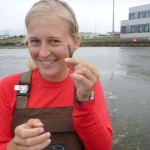
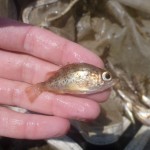

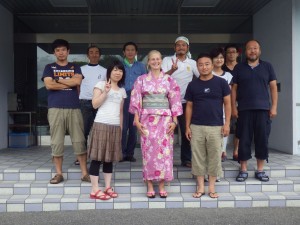
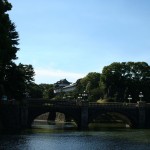
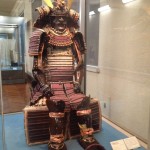
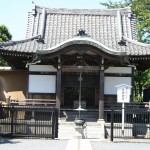
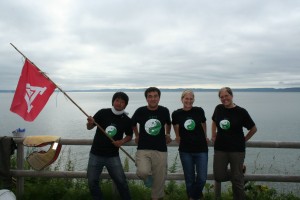
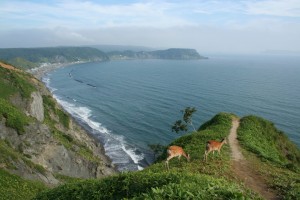

Comments are closed.